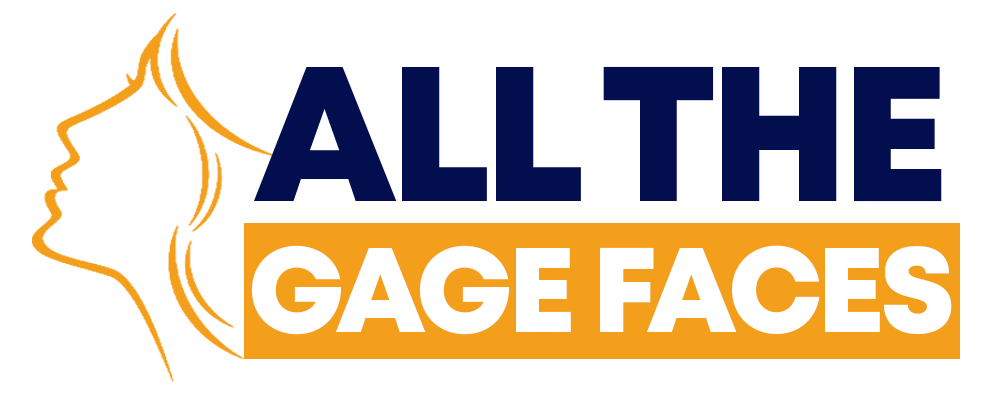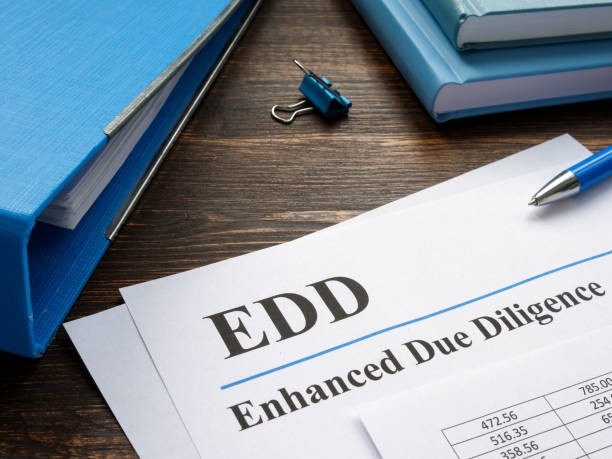In this fast-growing era, customer due diligence is crucial when conducting background checks on potential business partners, assessing risks in mergers and acquisitions, or ensuring compliance with regulatory requirements. This article explores how organizations can streamline workflows, improve accuracy, and uncover hidden risks by enhancing the due diligence process. With advanced solutions and strategies, businesses can make informed decisions, mitigate potential threats, and seize opportunities for growth and success.
What is Enhance Due Diligence (EDD)?
Enhanced Due Diligence aims to assess and manage high-risk situations involving money laundering, terrorism and fraud by ensuring compliance and minimizing potential business risks. So that organizations can continue to do business with high-risk customers by defining clear policies and maintaining continuous monitoring.
Who are High-risk customers?
Under enhanced due diligence, high-risk customers typically refer to individuals or entities that pose a higher level of risk for potential money laundering, terrorist financing or other illegal activities. These customers may exhibit certain characteristics or engage in activities that increase their risk profile. Some examples of high-risk customers include:
- Politically Exposed Persons (PEPs): Individuals who hold prominent public positions or have connections to influential individuals, as they may have increased opportunities for corruption or abuse of power.
- 2. Non-Resident Customers: Customers who are not residents in the country where they hold accounts or conduct transactions, as they may present higher risks due to potential jurisdictional challenges and limited oversight.
- 3. High-Volume Transactions: Customers who are involved in frequent and large financial transactions, as these activities can be indicative of money laundering or illicit financial activities.
- Cash-Intensive Businesses: Customers operating cash-intensive businesses, such as casinos, money service businesses, or precious metal dealers, as these sectors have historically been associated with higher risks of money laundering.
- Non-Governmental Organizations (NGOs): Certain NGOs operating in high-risk jurisdictions or dealing with funds from unclear sources can also be considered high-risk customers due to the potential for misuse of funds or involvement in illicit activities.
EDD in KYC Process
Enhance Due Diligence (EDD) is crucial in a Know Your Customer (KYC) process. While the standard KYC process involves verifying the identity of customers and assessing their risk level, EDD goes a step further by conducting a more comprehensive analysis. It focuses on gathering additional information about high-risk customers, such as their source of funds, business relationships, and potential exposure to money laundering or other illicit activities. By incorporating EDD into the KYC process, financial institutions can better identify by mitigating financial crime risk and safeguarding their operations from potential threats.
Enhanced Due Diligence Checklist:
Improve Your EDD Program with this Enhanced Due Diligence Checklist:
- Understand the risk profile of your customers.
- Obtain additional information if necessary.
- Perform extensive background checks and track transactions.
- Organize the data according to compliance standards.
- Keep data available to regulators.
EDD Process- Steps to Follow
1. Start with high-risk profile customers
Identify high-risk customers and segregate them according to high-risk profile.
2. Resource of information
Gather information on all necessary customer details and create a checklist for high-risk customers using AML/BSL policies
3. Analyze the source of funds
Understanding the legality of the source of funds for your customers is essential. To conduct a practical analysis, it is important to verify if the value of their non-financial and financial assets aligns with their tangible assets. Examining subsidiaries and entity interests is crucial to ensure comprehensive due diligence when determining the Ultimate Beneficial Ownership (UBO) of any organization or company.
4. Monitoring of ongoing transactions
If the customer’s transaction history is available, it should be reviewed. Ensure these transactions meet their stated purpose and expected threshold.
5. Adverse media and negative scrutiny:
To develop a comprehensive profile of your customer and assess their reputation, it is crucial to review Associated Press articles and analyze relevant information. If negative results arise during this analysis, it indicates that too many risks may be associated with conducting business with them.
6. Conduct a site visit
Site visits are mandatory for all legal entities, including banks and companies. This on-site visit allows you to validate documents that cannot be obtained digitally or physically.
7. Continuous monitoring strategy
Keeping up with high-risk customers can be time-consuming. However, implementing a risk-based monitoring strategy can significantly assist organizations in effectively managing these customers.
Enhanced Due Diligence AML
Organizations must establish well-defined criteria and thresholds for risk assessment, considering various indicators such as customer type, activity, geographic location, and delivery channel risk factors. By conducting thorough examinations, organizations can gain a comprehensive understanding of transaction risks, enabling them to focus their efforts and proactively implement new anti-money laundering (AML) controls to stay ahead of malicious individuals. The Financial Action Task Force (FATF) governs the global standards for AML and, through their guidelines, promotes a risk-based approach to combating illicit activities.
Conclusion
Ensuring thorough due diligence is important for an organization’s anti-money laundering and counter-terrorism financing processes. To effectively address evolving money laundering risks, businesses must invest in advanced technology and automation, embrace a monitoring strategy based on risk assessment, and give top priority to data privacy and protection. The future of enhancing due diligence lies in fostering better information sharing among key participants, including regulators, financial institutions, private banks, and law enforcement agencies, ensuring a safer and more secure future.

